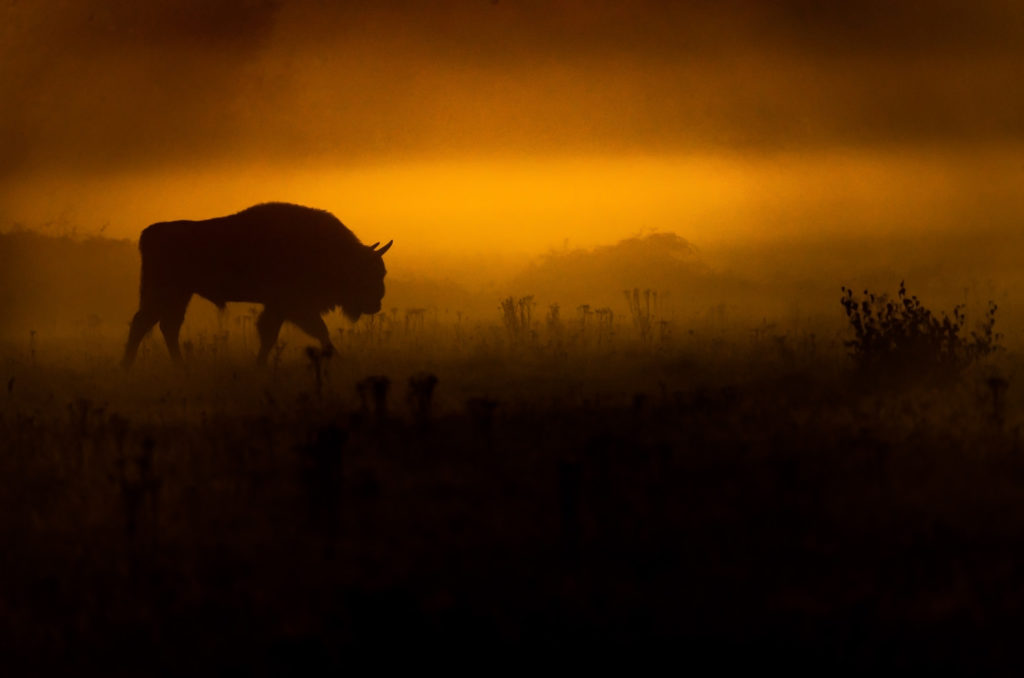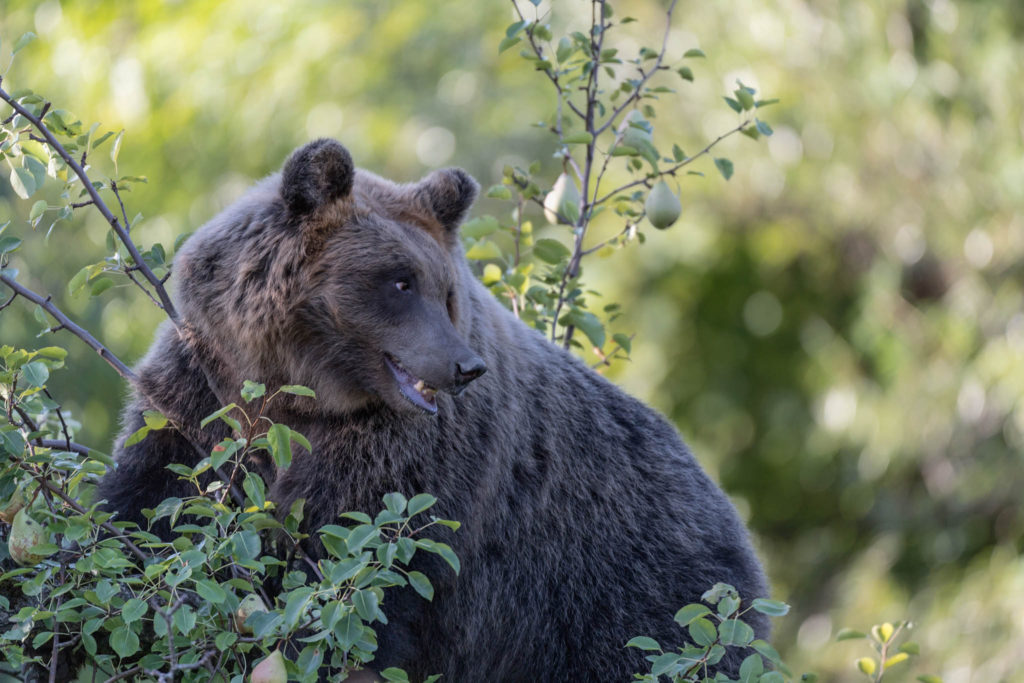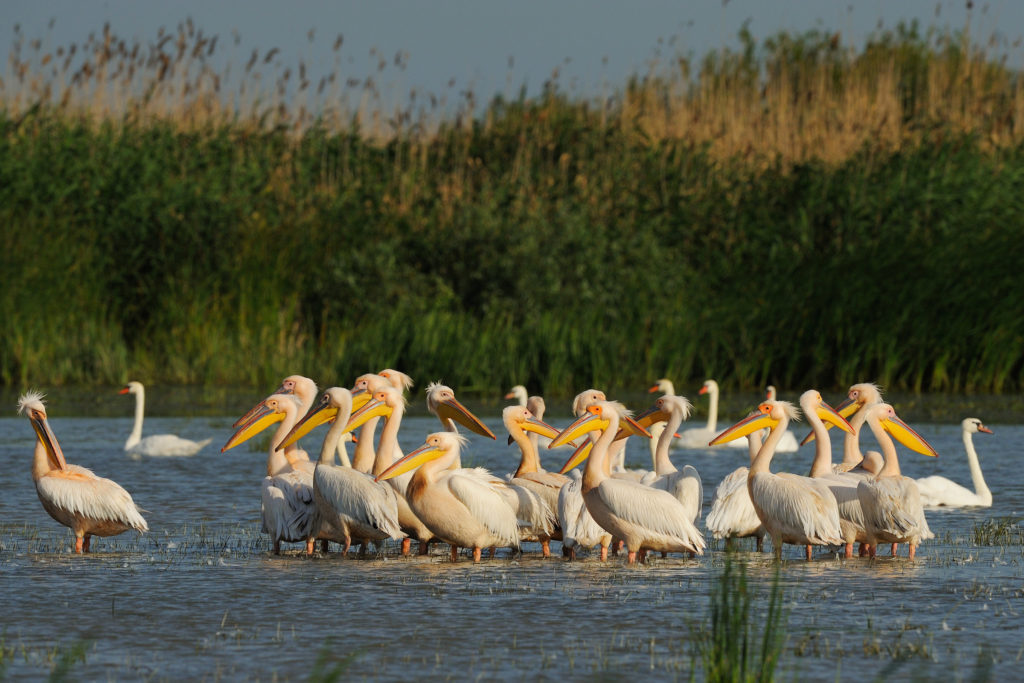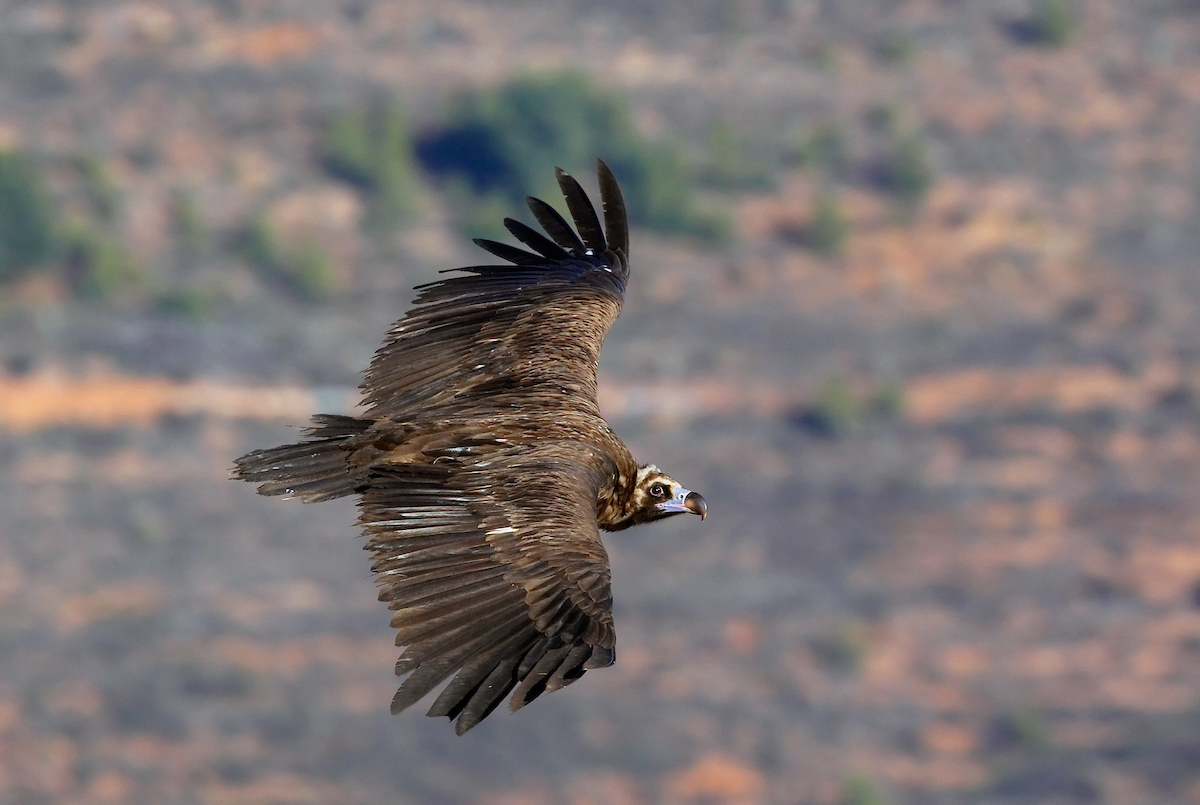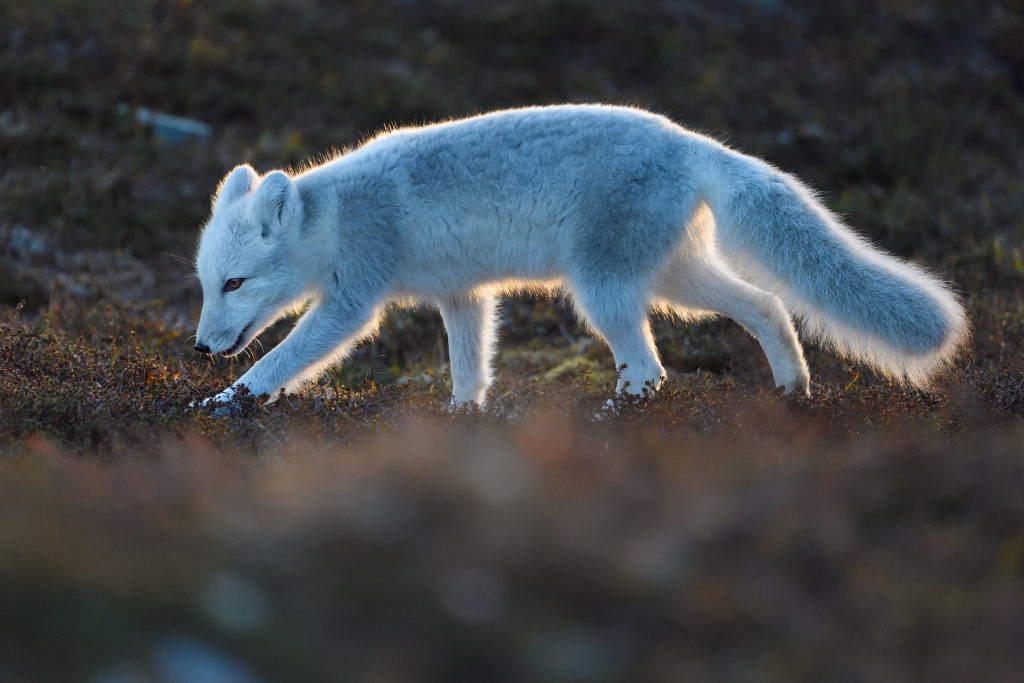Supporting wildlife comeback is a core element of the work at Rewilding Europe. The story of how wild animals are returning across Europe, spontaneously or with human help, will soon captivate millions of television viewers around the world. The new six-part documentary series called “Europe’s New Wild” will begin a global rollout in early September. The series includes an episode about the Danube Delta – Europe’s Amazon.
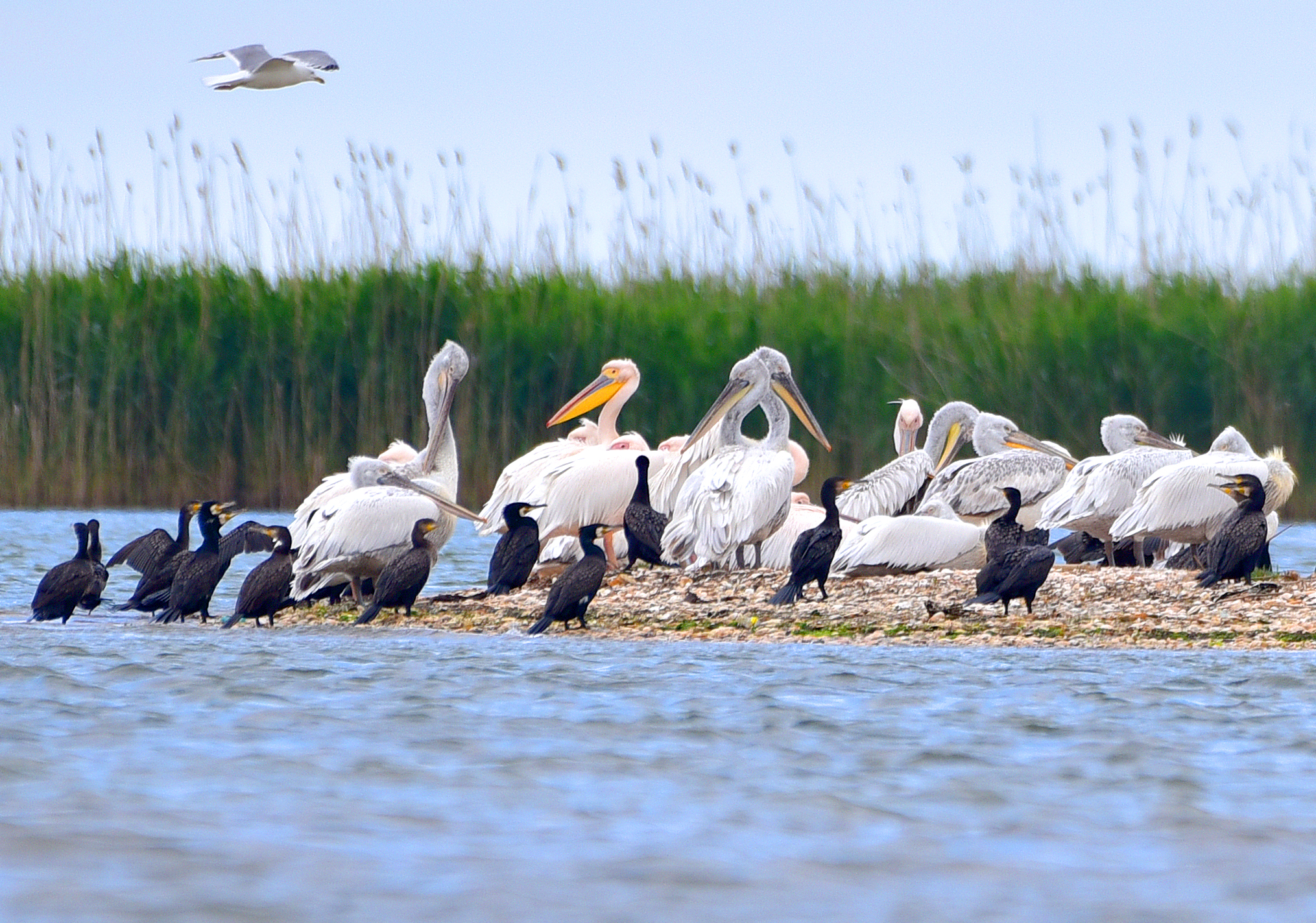
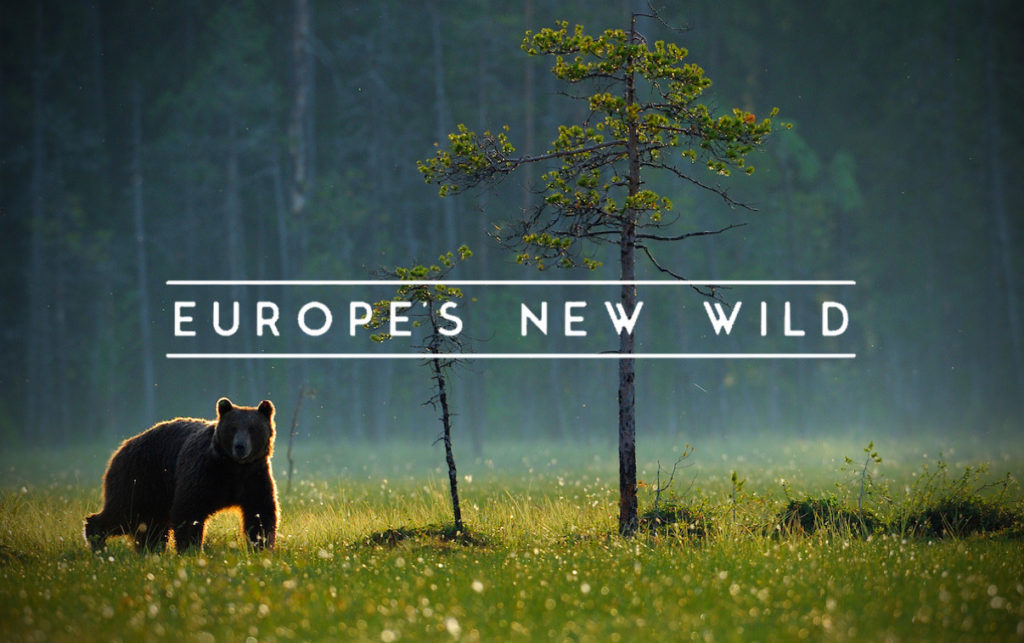
A welcome wildlife return
Rewilding Europe recognises the critically important ecological role of all wildlife species, regardless of their position in the food web. As a result of factors such as increased legal protection, reintroductions and other population support measures, habitat restoration, corridor creation and an ever greater acceptance of life alongside wild animals, we have seen many wildlife species make a welcome return across Europe over the last five decades.
Dramatic debut
“Europe’s New Wild”, a stunning six-part TV series profiling the dramatic return of wildlife across Europe, begins a global rollout in September this year. The series is co-produced by Rewilding Europe, Off the Fence Productions and Bonne Pioche. With a huge worldwide outreach, it aims to raise awareness of and support for European wildlife comeback and rewilding. It will be broadcast in more than 45 languages, reaching at least 140 million homes.
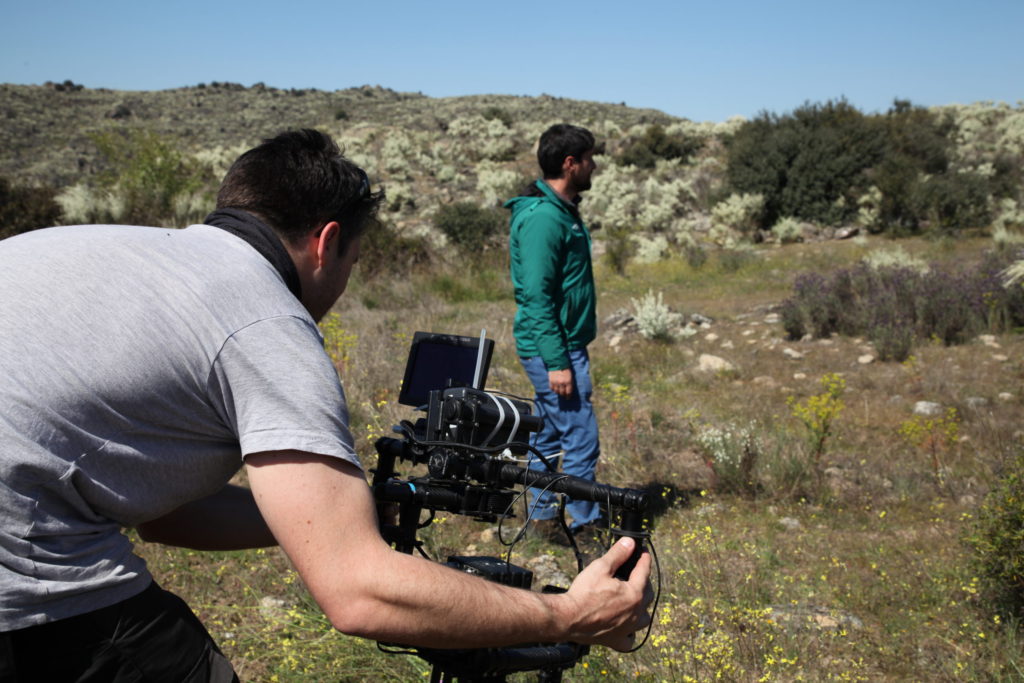
As the first-ever multi-episode portrayal of European rewilding, the series reveals the spectacular resurgence of nature across Europe’s most varied and breathtaking landscapes. Much of the footage was shot in Rewilding Europe’s operational areas, including the spectacular Danube Delta.
“Europe’s New Wild has been several years in the making, so this is a really exciting moment for all involved,” says Rewilding Europe Managing Director Frans Schepers, who was one of the executive producers of the series. “Every episode tells a different story, but the series has a unifying theme – the return of magnificent European wildlife, wild nature and the positive impact of rewilding. I invite everyone to watch it.”
An inspirational introduction
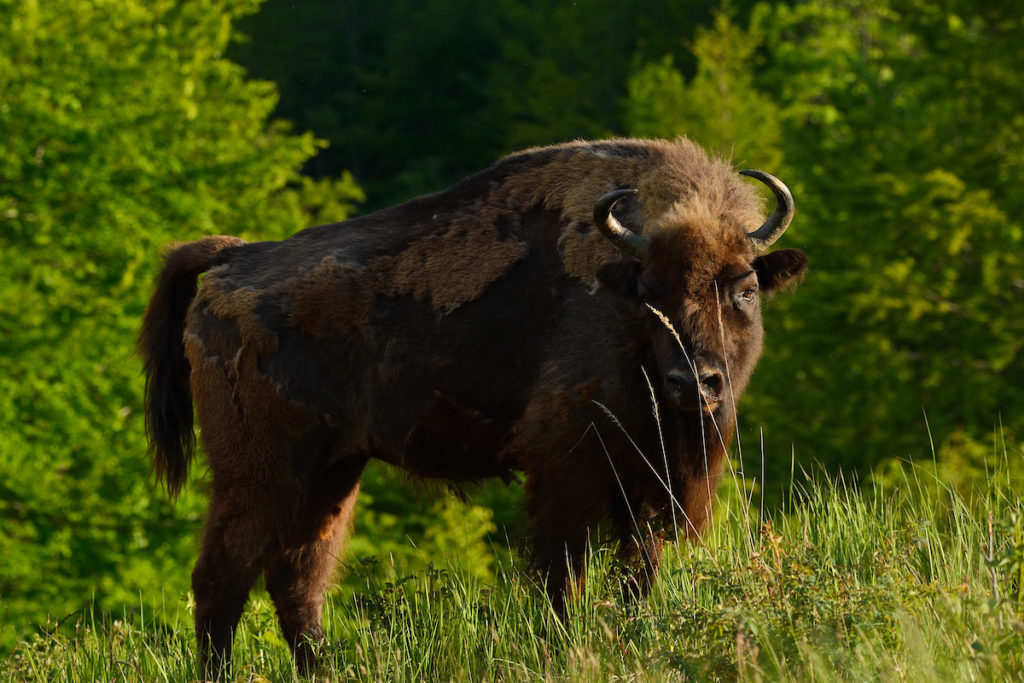
European bison returning to the Southern Carpathians of Romania. Griffon vultures taking to the air in ever greater numbers in the Rhodope Mountains of Bulgaria. Recovering Marsican brown bears patrolling the foothills of Italy’s Central Apennines. From the frozen landscapes of the Arctic to abundant river wetlands, from deep forest to rugged mountain peak, viewers of Europe’s New Wild will witness an astonishing array of wildlife returning and thriving, sometimes in the most unexpected places.
“As an intimate portrayal of wildlife behaviour and conservation, and filmed almost entirely in Ultra-High Definition, Europe’s New Wild simply looks incredible,” says Andrew Zikking, Creative Director at Off The Fence Productions. “By covering a range of themes, we have really given people an incentive to keep watching the next episode.”
Opening people’s eyes
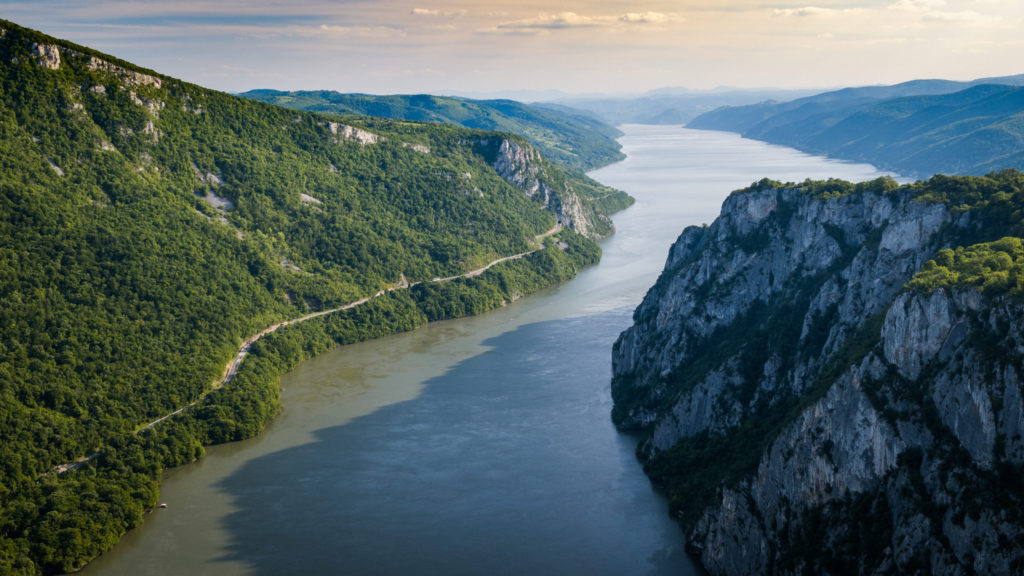
Many viewers of Europe’s New Wild will witness Europe’s wild side for the very first time. While the continent is renowned for its rich culture and bustling cities, most people don’t realise how diverse and spectacular its nature, wildlife and landscapes really are. But more than this, the series also shows how resilient this nature is and how it can and will bounce back if we let it.
“Above all, the series shows that rewilding can and is working as a progressive approach to conservation and that we urgently need to scale it up”, says Schepers.
Boosting interest in the wild
Featuring some stunning cinematography, Europe’s New Wild will entertain, educate and inspire a huge audience. Rewilding Europe has always placed great emphasis on reaching out, creating dialogues and engaging people.
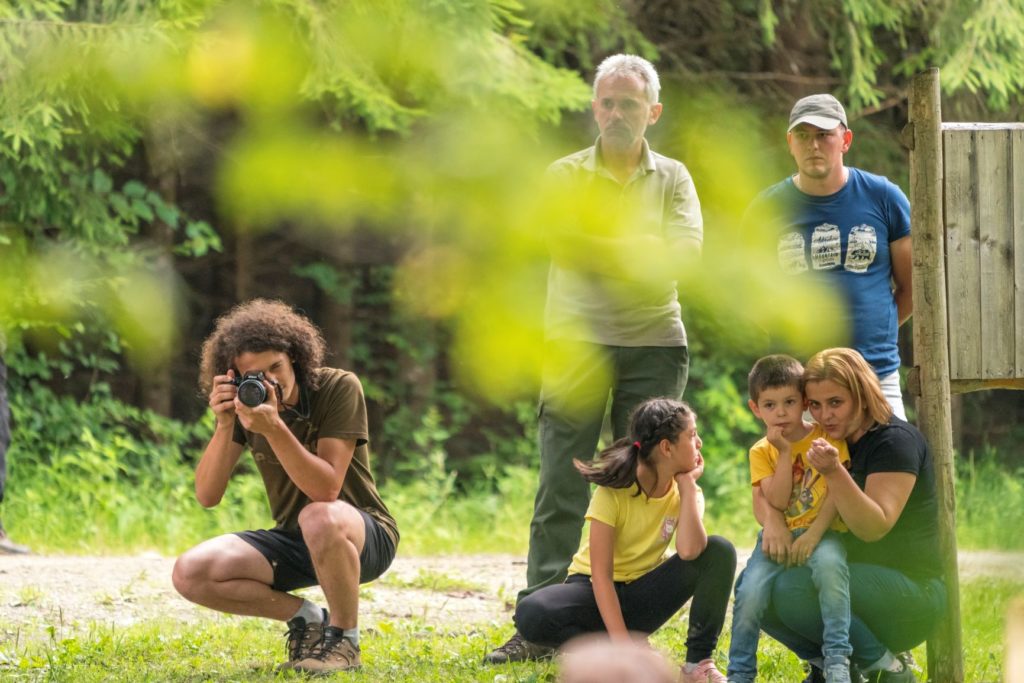
As a fantastic communications tool, Europe’s New Wild aligns with Rewilding Europe’s core objective to boost interest in the wild and contributes to its mission to bring about a change in the way people look at European wild nature. “We hope the series will strongly increase positive attitudes and generate a nature-related sense of pride and identity amongst Europeans’’, says Laurien Holtjer, Head of Communications at Rewilding Europe. “As a result, it will also amplify the impact of European rewilding by increasing nature-based tourism and funding for rewilding initiatives, and by enhancing the development of nature-based businesses and policies that support rewilding’’, she adds.
Creative co-production
Europe’s New Wild is co-produced by Rewilding Europe, Off the Fence Productions and Bonne Pioche Television, and supported by WWF Netherlands, the Dutch Postcode Lottery and Canon Europe. The TV series will air on Nat Geo Wild, PBS, France 5, Redbull/Servus TV and SVT.
Stay tuned!
Subscribe to the special newsletter to hear about premiere dates in your country, and follow-ups to many of the rewilding stories and themes explored in Europe’s New Wild’s six episodes. Regular updates on the series will also be tweeted from now onwards with the hashtag #EuropesNewWild.
Europe’s New Wild covers a diverse range of rewilding themes and locations. Here is a short synopsis of each episode.
Return of the Titans
In the Carpathian Mountains of Romania, the reintroduction of European bison is transforming the land and making Europe’s untamed heart even wilder.
The Missing Lynx
Embark on a journey to Spain and Portugal, where the challenge of rural depopulation is being transformed into an opportunity to recover wild nature.
Saving Europe’s Bears
Rewilding teams find ways for bears and people to live together, allowing the animals to recolonise some of Europe’s wildest locations.
Europe’s Amazon
An incredible range of wildlife finds sanctuary in the Danube Delta – Europe’s unrivalled wetland, including amazing Dalmatian and Great White Pelicans.
The Scavengers Return
In Bulgaria and Greece, a battle is on to revive a broken food web. The restoration of natural processes is returning a wild harmony to the rugged Balkan landscape.
Land of Snow and Ice
Swedish Lapland, northern Europe’s unique wilderness, is home to the Sámi people, iconic wildlife and a time-honoured natural spectacle.
